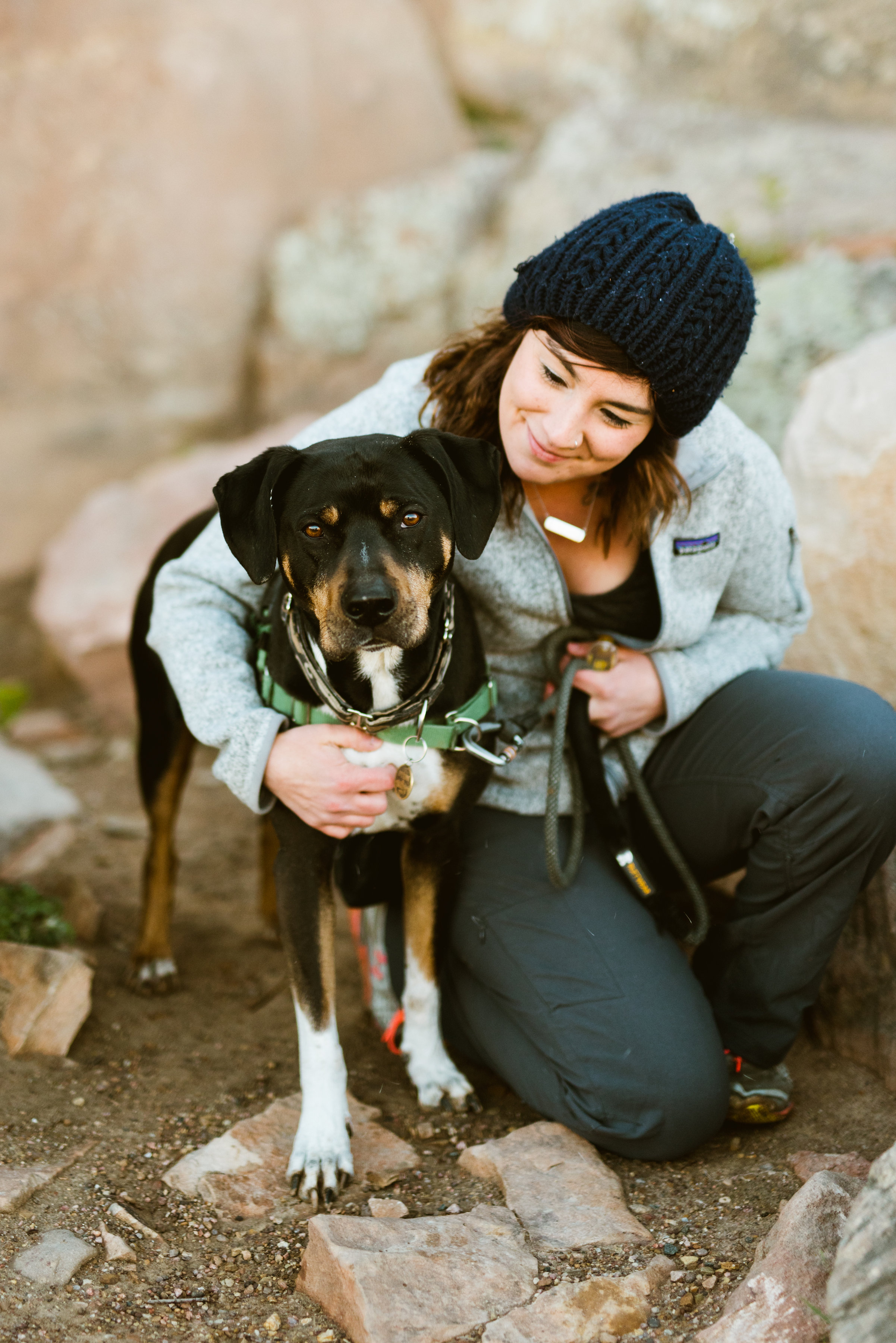The proof of the pudding is in the eating, as they say.
Quality professional dog training is more than just experience ("I've been doing this for 30 years!") or certifications ("I have the XYZ credential from ZYX!") or accomplishments ("I've titled 15 dogs in 10 different dog sport venues!") or marketing ("We are the #1 training company in town. . . although we can't offer any explanation on how that was determined!").
Those things are important. And something to be proud of and promote if it's being honest. But experience and credentials and accomplishments and marketing aren't worth a thing if your dog trainer can't put their skills into effective practice in their own homes with their own dogs.
How does your trainer interact with their own dogs? When you look at them, do you see the relationship that you want to have with your dog? Do you see a bond that inspires you to keep working with your dog? Do you see clear communication, teamwork, and an effort to keep learning together flowing from both ends of the leash?
I’m not suggesting that your dog trainer’s own dogs will be perfect in every way, and that they will never make mistakes. After all, dogs are dogs and humans are humans – both extremely fallible species who will never be able to maintain perfection all of the time.
So when you look at your dog trainer in action with their own dogs, you shouldn’t expect to see perfection all of the time. But what you should see is a commitment to learning and building a solid bond together through science-based training. You should see reflection of the relationship that you want to have with your dog. You should see patience and understanding (and ideally some good mechanical skills and training techniques along the way).
To this end, Charissa and I are endeavoring to start a vlog series specifically devoted to showing videos of our unedited training sessions with our own dogs. We want you to be able to see how positive reinforcement and science-based training looks as a lifestyle and a consistent habit, even if it isn’t always perfection (which is often isn’t). We want to share some of our training goofs of poor timings and bad planning and unrealistic expectations – and show how to recover and learn from these mistakes within the positive reinforcement framework.
We invite you to take a peek into our relationships with our own dogs, because ultimately that is our best qualification for calling ourselves “professional dog trainers”.
Without further ado, here’s Episode 1:


